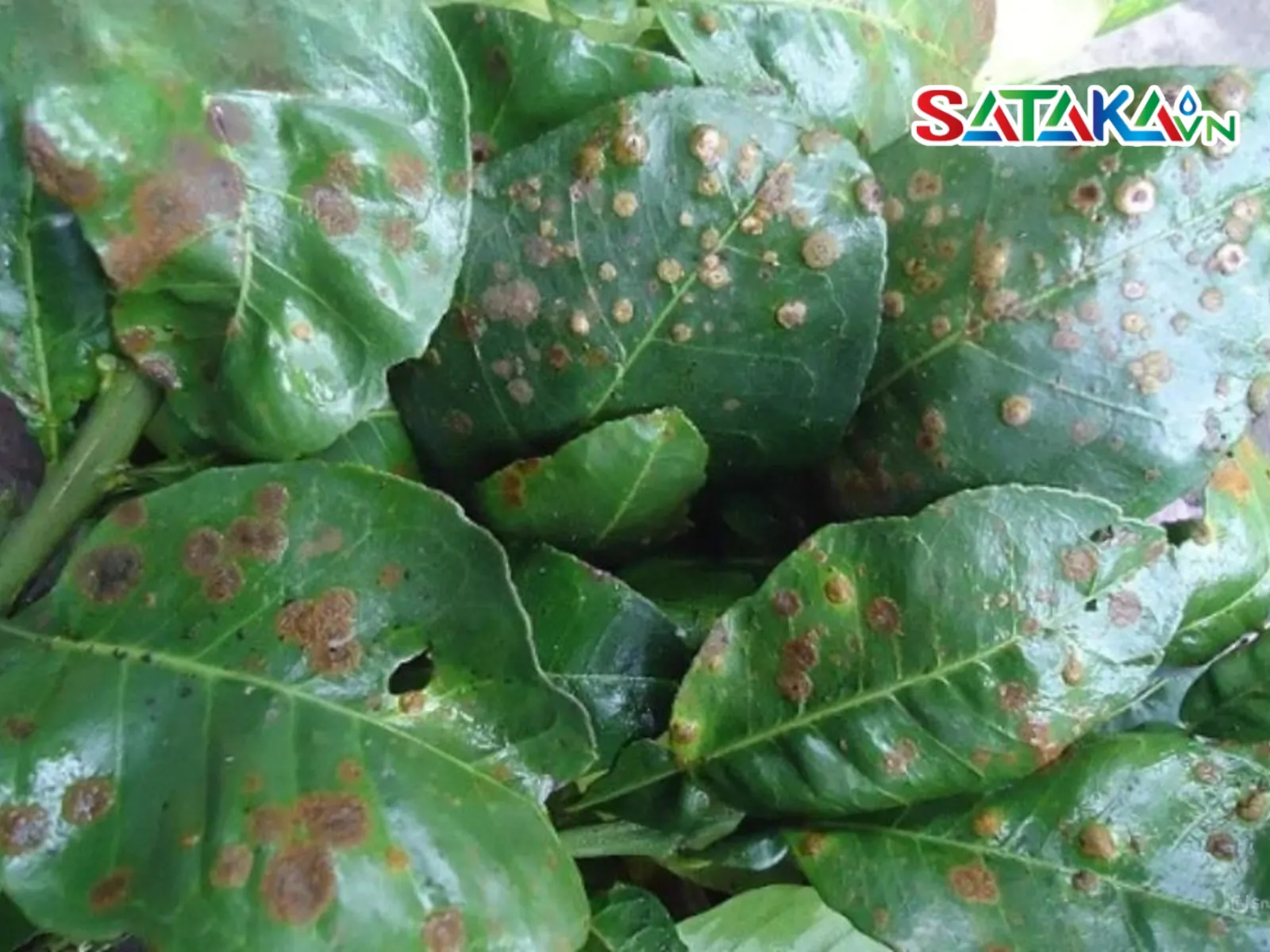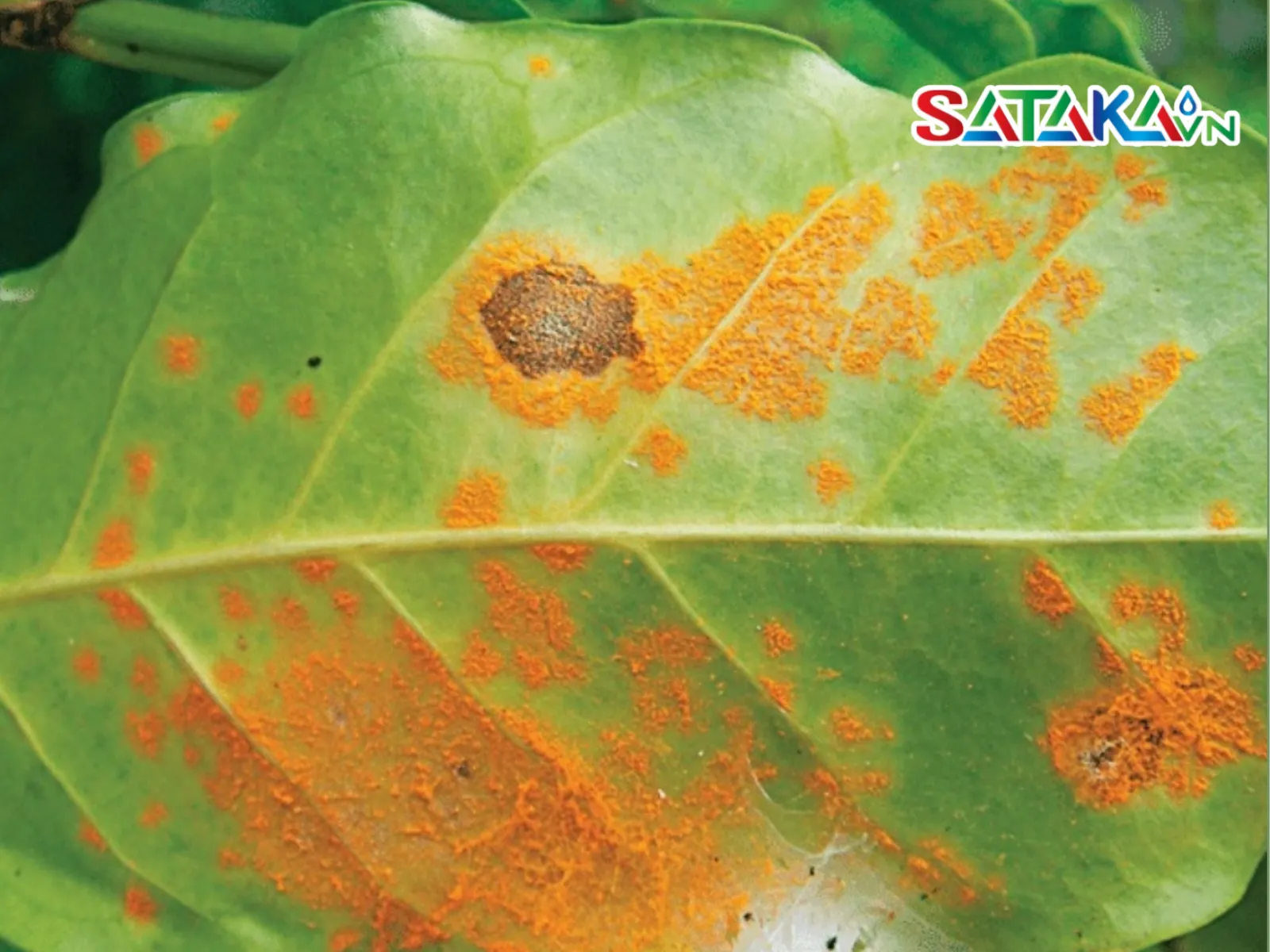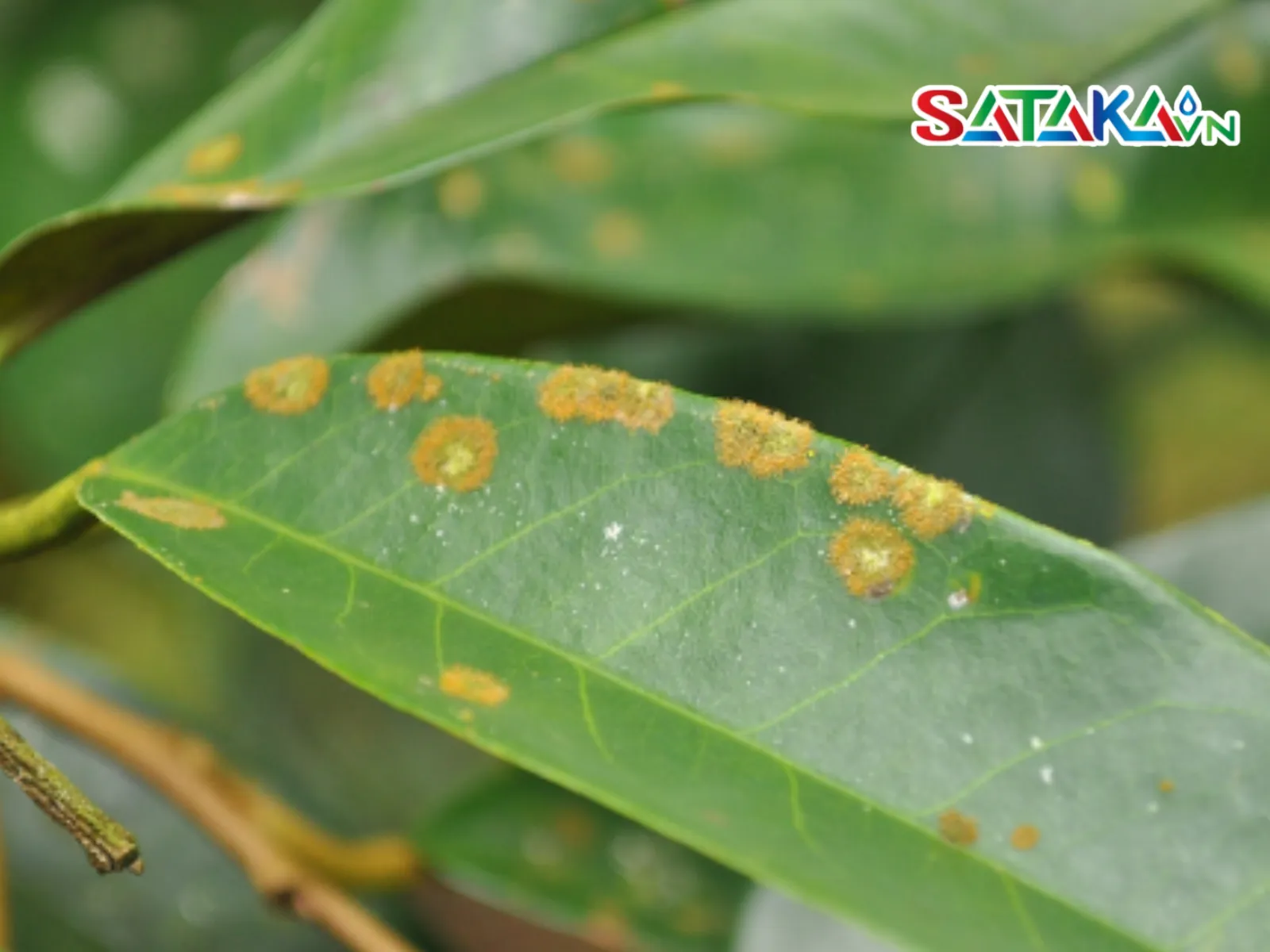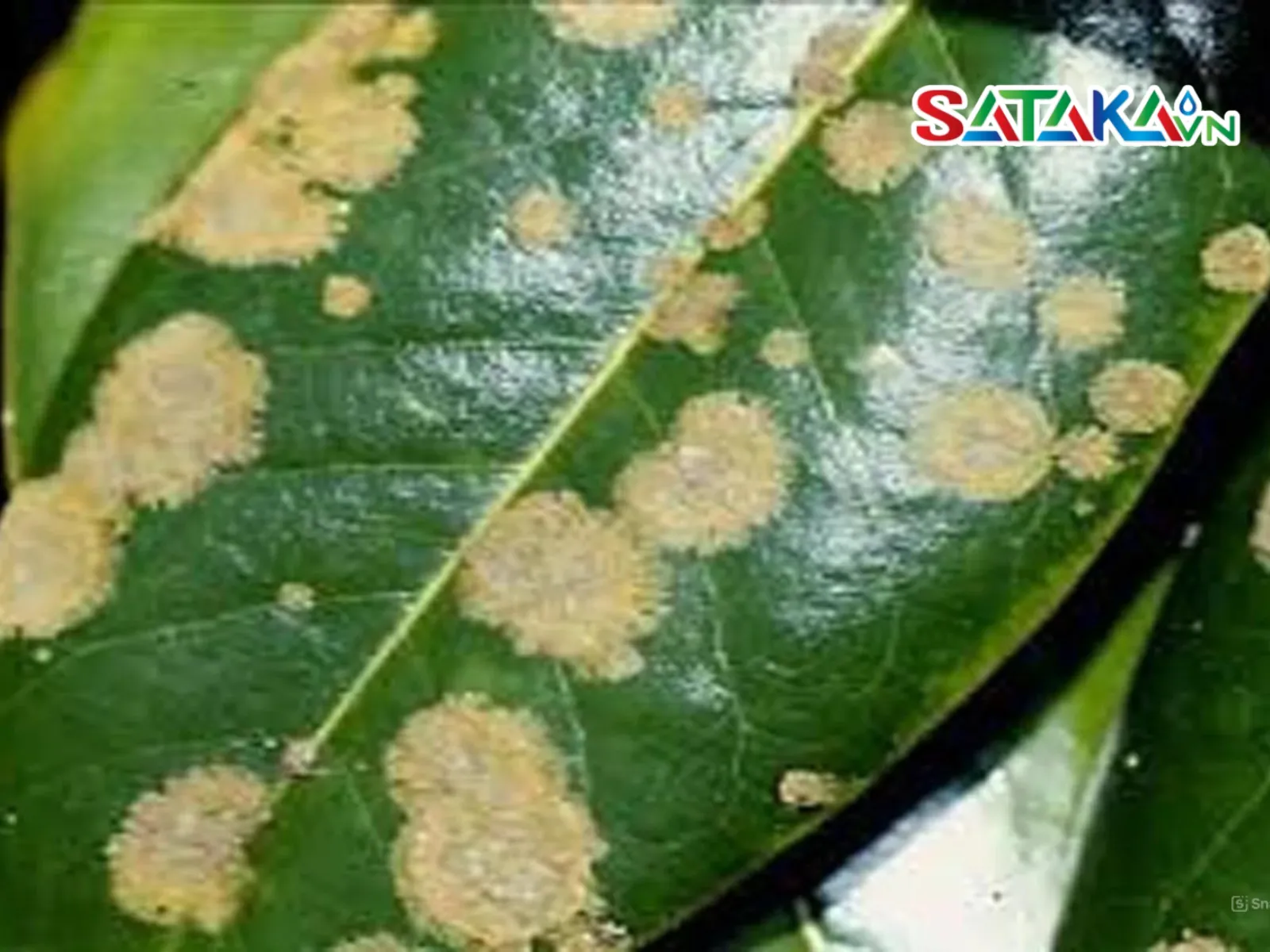Red apple disease on coffee trees causes serious damage, reducing yield and quality of beans. Learn how to recognize and effectively prevent and treat diseases to protect crops.
Red blight disease is one of the most significant concerns for coffee growers. This condition not only severely impacts the health of coffee plants but also directly affects the yield and quality of coffee beans. Early detection and effective prevention measures are crucial to protecting coffee plants from red blight disease. Sataka is committed to providing detailed information on the symptoms, causes, and effective prevention and treatment methods in the following content.
Red blight disease is a serious issue that affects the productivity and quality of coffee plants. It is caused by the fungus Phytophthora palmivora, which can attack various parts of the coffee plant, including leaves, fruits, and branches. Infected plants may exhibit symptoms such as reddened foliage, rotting parts, and stunted growth.
The disease not only causes direct damage to the plants but also reduces the quality of coffee beans, thereby impacting the commercial value of the product.

Red apple disease on coffee trees
Red blight disease can be caused by various factors, with Pseudomonas bacteria and Colletotrichum fungi being the primary culprits.
Pseudomonas Bacteria: Species such as Pseudomonas syringae and Pseudomonas cichorii are common pathogens that infect coffee plants. These bacteria enter the plant through wounds, pruning cuts, or under wet weather conditions. Once inside, they cause spots and discoloration on the leaves, reducing the plant's photosynthetic capacity. If untreated, the plant's weakened state can lead to reduced yields or even death.
Colletotrichum Fungi: Species like Colletotrichum kahawae and Colletotrichum gloeosporioides also play a major role in the development of red blight disease. These fungi typically infect the plant through wounds or in humid weather conditions, causing red spots and discoloration on leaves, fruits, and branches. This weakens the plant structure and negatively impacts coffee fruit quality.

Cause of red apple disease on coffee trees
To identify red blight disease, look out for the following signs:
On Leaves: Infected leaves develop small, uneven spots ranging in color from pale orange to deep red. These spots often cluster into large reddish areas, deforming the leaves and diminishing the plant’s aesthetic appeal. The areas surrounding the lesions may turn orange or yellow, forming blotchy patterns. In severe cases, significant leaf loss and branch dieback may occur.
On Branches: Young branches are prone to cracking, providing an entry point for red blight disease. Branches at lower levels, where sunlight is insufficient, are particularly susceptible. This damage can make the branches more vulnerable to other diseases.
On Fruits: Red blight causes red spots to form on coffee fruits, reducing their quality and potentially leading to premature fruit drop. As the disease progresses, the fruits may rot and develop holes, creating an ideal environment for bacteria and fungi to thrive.

Coffee tree leaves infected with red apple disease
Red blight disease can cause extensive damage, including:

Red apple disease causes a reduction in the photosynthesis process of coffee plants
To prevent red blight disease, consider the following strategies:
If red blight disease has already developed, the following treatments can help control it:

How to treat red apple disease on coffee trees
Red blight disease on coffee plants can cause significant damage if not controlled in time. Applying appropriate prevention and treatment measures is key to protecting coffee plants and ensuring high yield and quality beans. Sataka is dedicated to providing high-quality disease control solutions and materials to support farmers in the care and protection of their coffee crops. Do not hesitate to contact Sataka for advice and access to the most effective products for combating red blight disease. We are always ready to assist you in every situation.